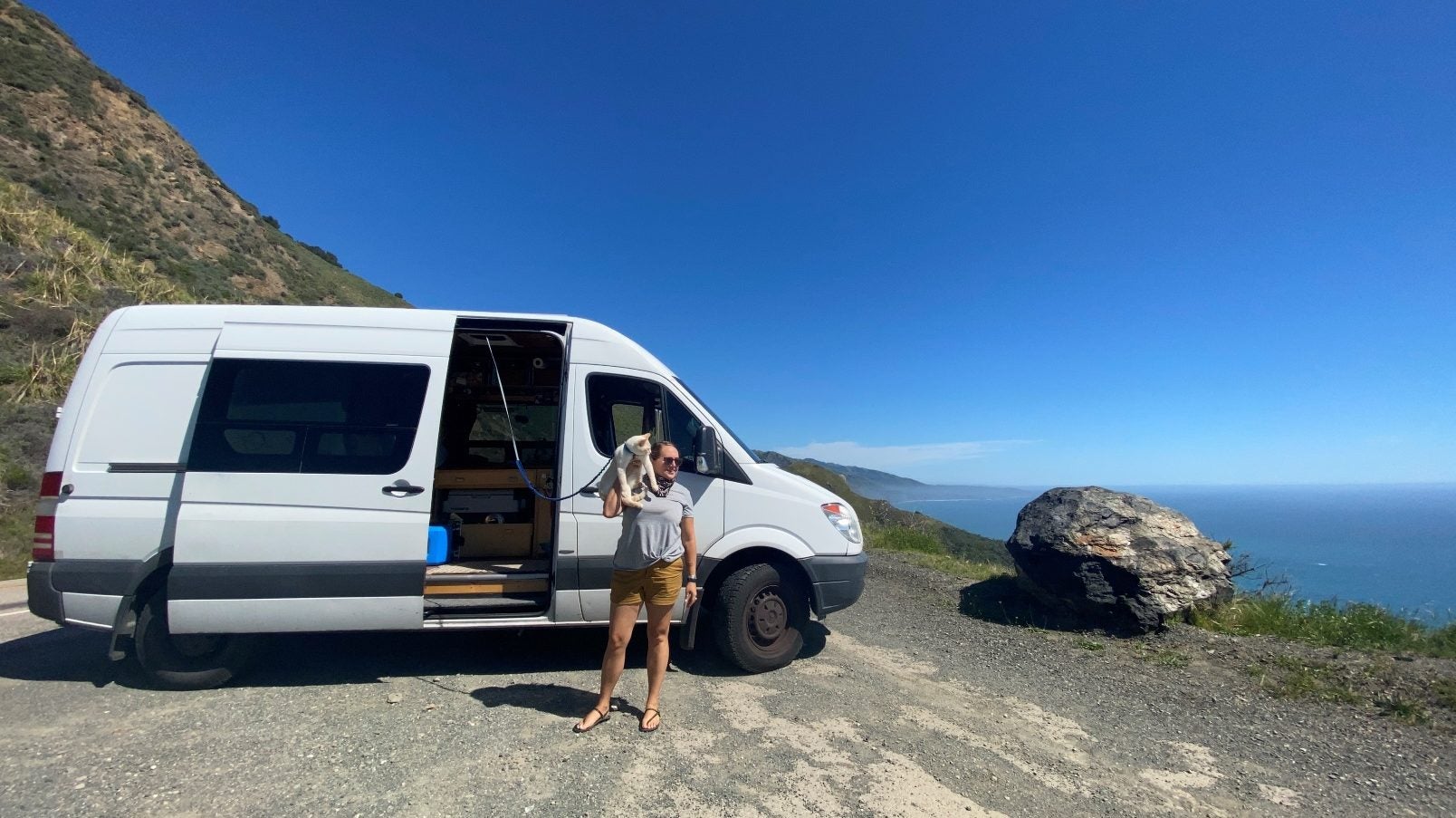RVs may be an antidote to cabin fever for many Americans this summer
If you live in the US, you might be seeing a lot more recreational vehicles (RVs) this summer.


If you live in the US, you might be seeing a lot more recreational vehicles (RVs) this summer.
In March, when the pandemic shut down the US economy, the values of Thor and Winnebago, the two biggest publicly traded RV companies, cratered even faster than the S&P 500 index. But their stock prices have steadily risen since, and soared in late May as signs of a promising summer have become clearer. Of the 31 publicly traded automobile manufactures worth $5 billion worldwide, Thor’s stock has performed third best since the beginning of February, trailing only Audi and Tesla.
“Since the end of our third fiscal quarter, our outlook for the balance of our fiscal year and the calendar year has markedly improved. We’re seeing an influx of first-time buyers, which bodes well for the long-term health of the RV industry,” said Bob Martin, president and CEO of Thor Industries, according to Thor’s recent earnings report.
The RV industry has a long history of volatility. The vehicles—trailers (towed behind cars), campers, and motor homes—aren’t a necessity, and so become more popular when people have more money to spend on discretionary purchases. They’re also useful in emergencies, as field stations or temporary housing during natural disasters or dwellings for self-isolating frontline workers, though these uses have less of an effect on overall sales.
The biggest boon to the industry started in 2017, when #vanlife became a popular trend in the US, particularly among younger people; the last four years have seen record highs in the number of units shipped by manufacturers. People between the ages of 35 and 54 make up the biggest proportion of RV owners, according to a study commissioned by the RV Industry Association.
“There truly is an RV for every lifestyle and every budget. You can get a small popup for under $6,000, or a million-dollar coach, and everything in between,” says Monika Geraci, a spokesperson for the RV Industry Association.
Before the pandemic hit, 2020 was already looking pretty promising for the RV industry. Shipments in January and February were up from the same time the year before, Geraci says. But when the economy shut down, so did both supply and demand for RVs. Factories were shuttered, and even when they reopened, supply chain issues meant that there weren’t enough of certain parts, according to Thor’s earnings report. Record unemployment numbers meant that fewer people had discretionary funds to spend on vacations, or on vehicles to take them in.
Now that some restrictions have started to lift, things are changing. Many people who may have been confined to their homes are turning to RVs as a way to travel with limited risk of infection. Americans who may have historically ventured internationally over the summer are opting to travel more cheaply or stay closer to home; meanwhile, campsites in all 50 US states have reopened. Employees still working remotely can find themselves untethered to their desks by equipping their RVs with wifi. “One new trend we are seeing is an evolution from ‘work at home’ to ‘work from anywhere’ as RV buyers use their new RVs as their office wherever they are, or wherever they want to be,” said Martin, of Thor.
“Some people are ready to get back out there and get out of the house and have some type of travel, and doing so in an RV makes the most sense,” Geraci says. In fact, she just got back from an RV trip herself. “You see the kids riding around the campsite on bikes and are naturally six feet apart; you can still wave and talk to the person at the next campsite over, but you don’t come [too close] and you still have that community feel.”
There are already signs that this logic will prove appealing to many Americans. Though numbers for May RV sales and shipments are not yet available, a survey conducted by market research firm Ipsos projects that 46 million Americans plan to take an RV trip within the next 12 months—a much higher number than said they would last year.
Rental numbers also reflect rising consumer interest. According to Business Insider, bookings on rental web site RVshare increased 1,000% from early April to May 19, while reservations on rental site Outdoorsy skyrocketed 1,500% from the lowest booking day during the pandemic to the highest booking day in late May.
But it’s not certain that the RV industry will have a smooth ride this summer. International travelers make up a large proportion of the RV rental market, so companies will feel their absence. “Even with a significant increase in people looking to rent an RV [for the first time], 40% of the market was just erased by international travel not happening,” Geraci says. And another wave of infections means that states could revive their lockdown orders—meaning campgrounds, dealerships, and factories would have to shutter, again reducing both supply and demand.
“I think it depends on all these things that are out of everyone’s control… but we’re cautiously optimistic,” Geraci says.